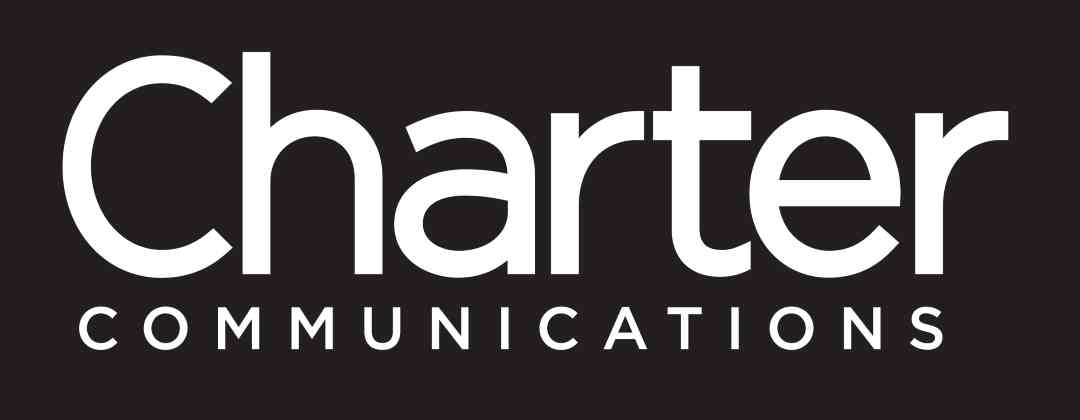Advertisement
LTE small cells are low powered cellular radio access gateways that can operate with a range of a few feet to about a mile. Typically they have been used to supplement and offload coverage from a traditional cellular tower. The number of mobile users that a small cell can handle is less than that of a macrocell and tower.
Charter Communications, the company behind the newly launched Verizon MVNO Spectrum Mobile has been testing LTE small cells in markets throughout the country. The company is about to expand those tests to include some more major markets such as New York City and Los Angeles.
Charter owns some wireless spectrum. The company is using that spectrum with its LTE small cells so that it can bypass Verizon's network in select locations and save itself some money. Spectrum Mobile largely relies on Verizon's network to provide cellular service to its subscribers. It also uses its own vast network of Wi-Fi hotspots to provide WiFi talk and text and a data pipeline to its MVNO customers. Given that rival cable company provider Comcast is estimated to lose hundreds of millions of dollars on its MVNO brand Xfinity Mobile, LTE small cell deployment seems like a good strategy to try and save some money and improve network performance in the long term.
Of course small cell deployment isn't all about Charter saving itself some money at the expense of Verizon. The company hopes to compete in the 5G wireless space in the near future and it views small cell deployment as an integral part of that future.
Craig Cowden, Charter's senior VP of wireless technology and Chief Network Officer recently testified to the senate committee on commerce, science and transportation. He said that since 2014 his company has invested more than $27 billion in technology and infrastructure. The aim of those investments was to provide subscribers with the fastest broadband speeds in the market and to prepare for the bandwidth needs of 5G. He explained that 5G is architecturally different than all previous generations of wireless technology before it which includes 2G, 3G and 4G. Those older networks have relied on large towers and macrocells to provide broad coverage to subscribers. With 5G wireless, infrastructure will change to small cell technology which can provide significantly higher bandwidth at lower capacity. Cowden says that his company can integrate multiple access technologies which include WiFi, 4G/LTE and 5G with efficiency to provide consumers with wireless connectivity at a good value.
Cowden stated to the committee that Charter is now the first WiFi provider to use the latest WiFi technology called 802.11ax. He exclaimed that the technology is a game changer that will allow for increased speeds, improved coverage and furthers the ability to allow many devices to run at the same time. This WiFi network is the starting point for Charter's mobile strategy. The next step in the company's evolution will be to fully deploy those LTE licensed small cells followed by 4G LTE and 5G wireless access technologies. Eventually all technologies can be tied to the company's existing infrastructure.
In order to meet the demands of the 5G future, Cowden further testified that they need to open up the 5.9 GHz band for unlicensed use. He said this would be one of the most impactful steps that policymakers can implement to help meet the growing demands for WiFi and other unlicensed technologies. He also noted that they have encouraged the FCC to make the unlicensed part of the 3.5 GHz band available quickly which can provide lower barriers of entry for new competitors in the wireless space. Charter of course owns spectrum in the 3.5 GHz band. He also wants reallocation of the 3.7GHz - 4.2GHz bands for ubiquitous 5G mobility. Those bands are currently used C-band satellite providers to provide video to millions of users.
Spectrum Mobile
This article is part of our Spectrum Mobile coverage. Jump to the BestMVNO Spectrum Mobile brand hub for plans & deals or browse the latest news.
